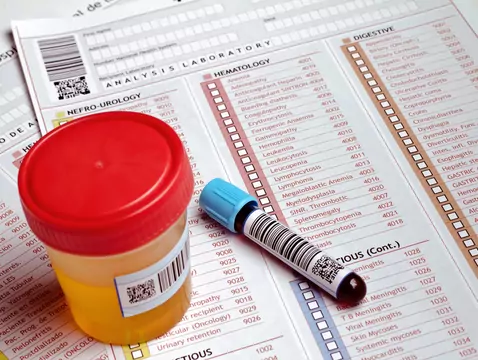Many people underestimate nose bleeding, claiming that it can happen to anyone. We can bleed from the front or back of the nasal cavity.
Nose bleeding can come from two areas:
- The anterior section of the nasal cavity (known as the Kisselbach's vascular plexus), in this type of bleeding blood flows out through the nostrils, it can be a small bleed or a profuse haemorrhage that will be life threatening for the person
- Posterior nasal cavity, this type of bleeding is less common and is associated with haemoptysis, bloody vomiting or passing tarry, dark-coloured stools. This type of bleeding is also life-threatening. In most cases, nose bleeding takes the form of mild spotting, but there are occasions when very heavy bleeding can occur, posing a threat to health and life.
Bleeding usually occurs from one nostril only, rarely from both and tends to be self-limiting. Sometimes, however, medical intervention is necessary.

photo: pantherstock
Diagnosis and treatment of nose bleeding
In diagnosing nose bleeds, it is essential to establish what is the immediate cause of the bleeding. A detailed history with the patient and those close to him or her plays a key role.
Attention is paid to:
- the age of the patient,
- frequency and intensity of bleeding, when it occurs, whether it stops spontaneously,
- whether the patient has a medical condition,
- whether he is taking medication, etc.
This is followed by an ENT examination and, in case of further doubt, MRI and CT scans. The treatment of nosebleeds is aimed at stopping the bleeding. The type of treatment undertaken depends on the cause of the bleeding.









